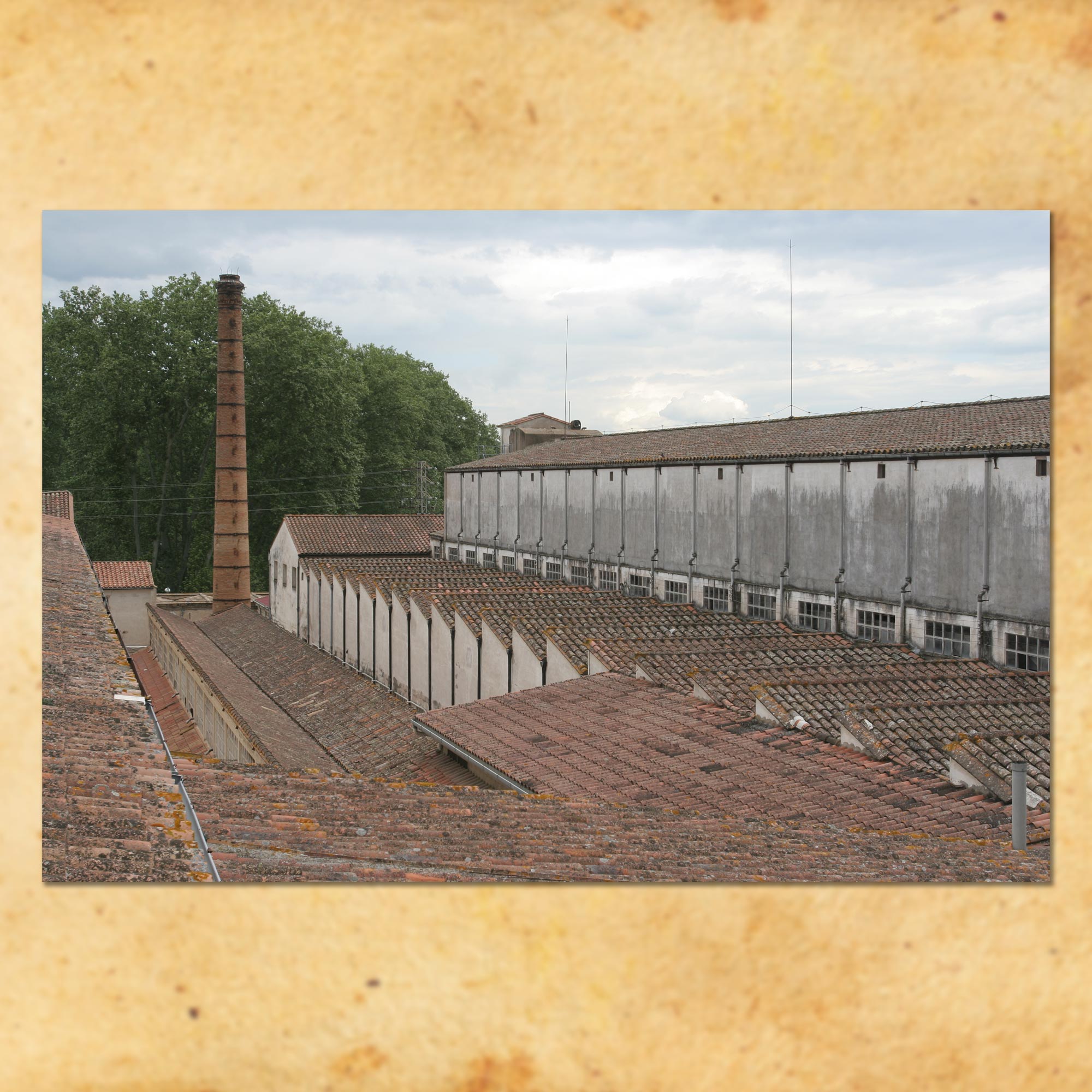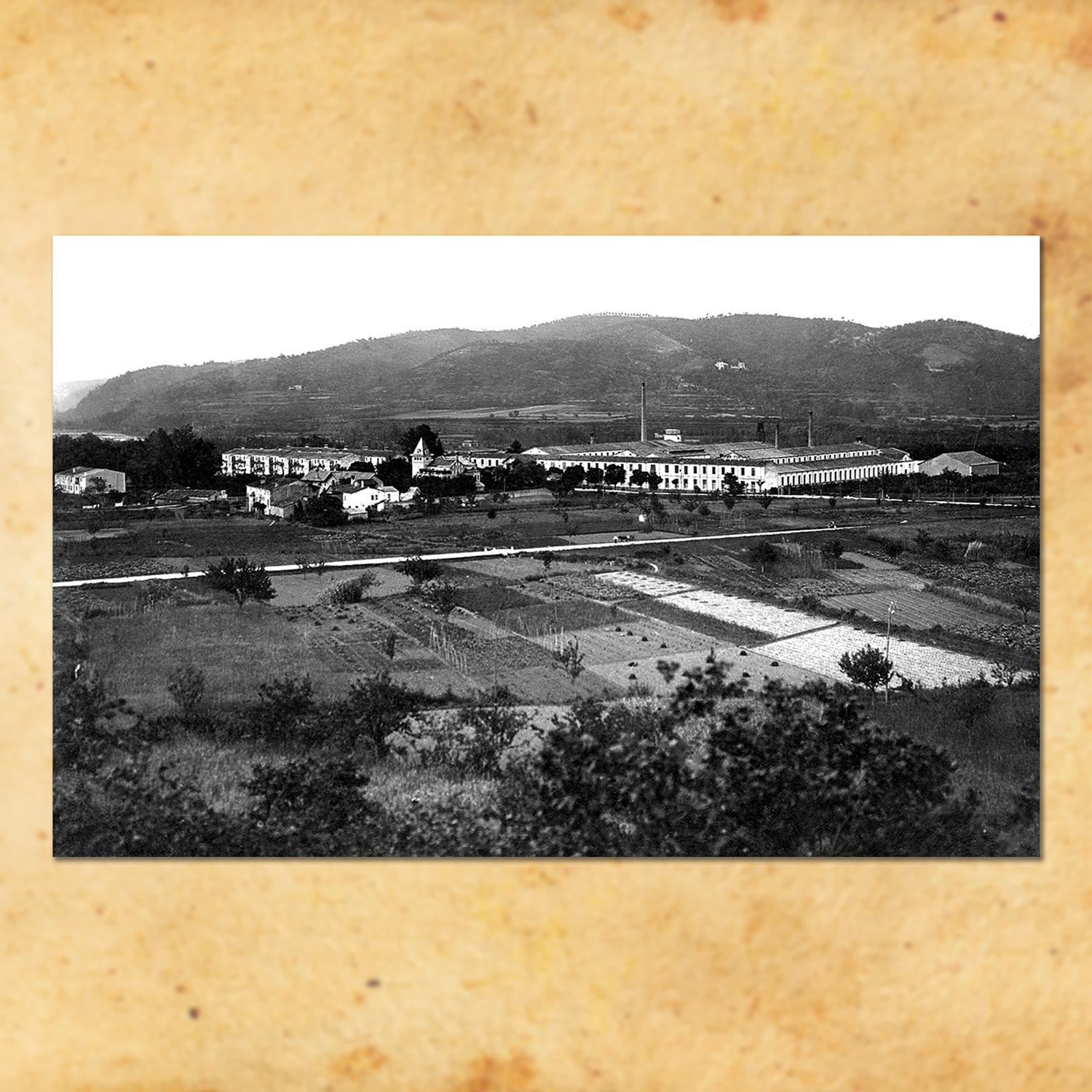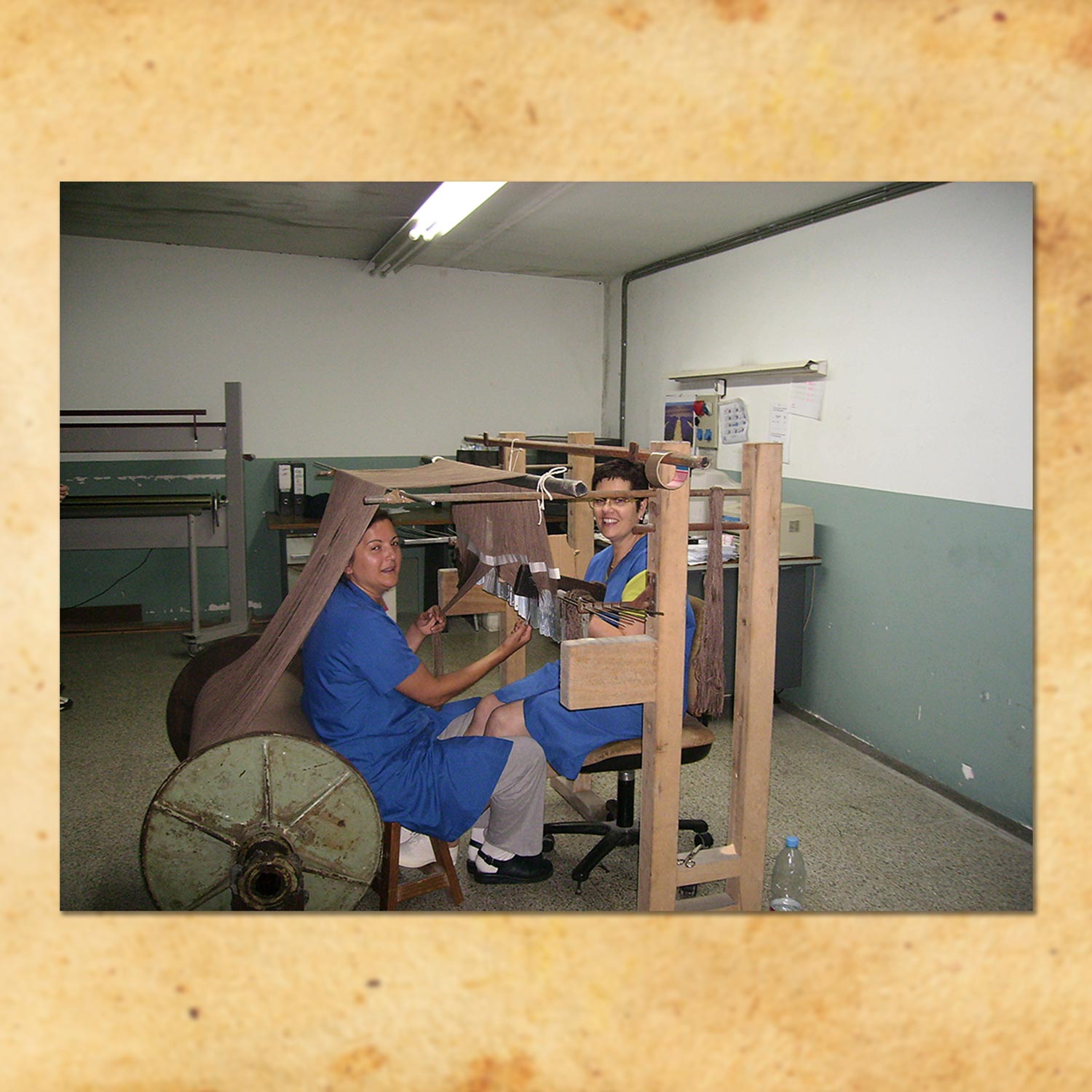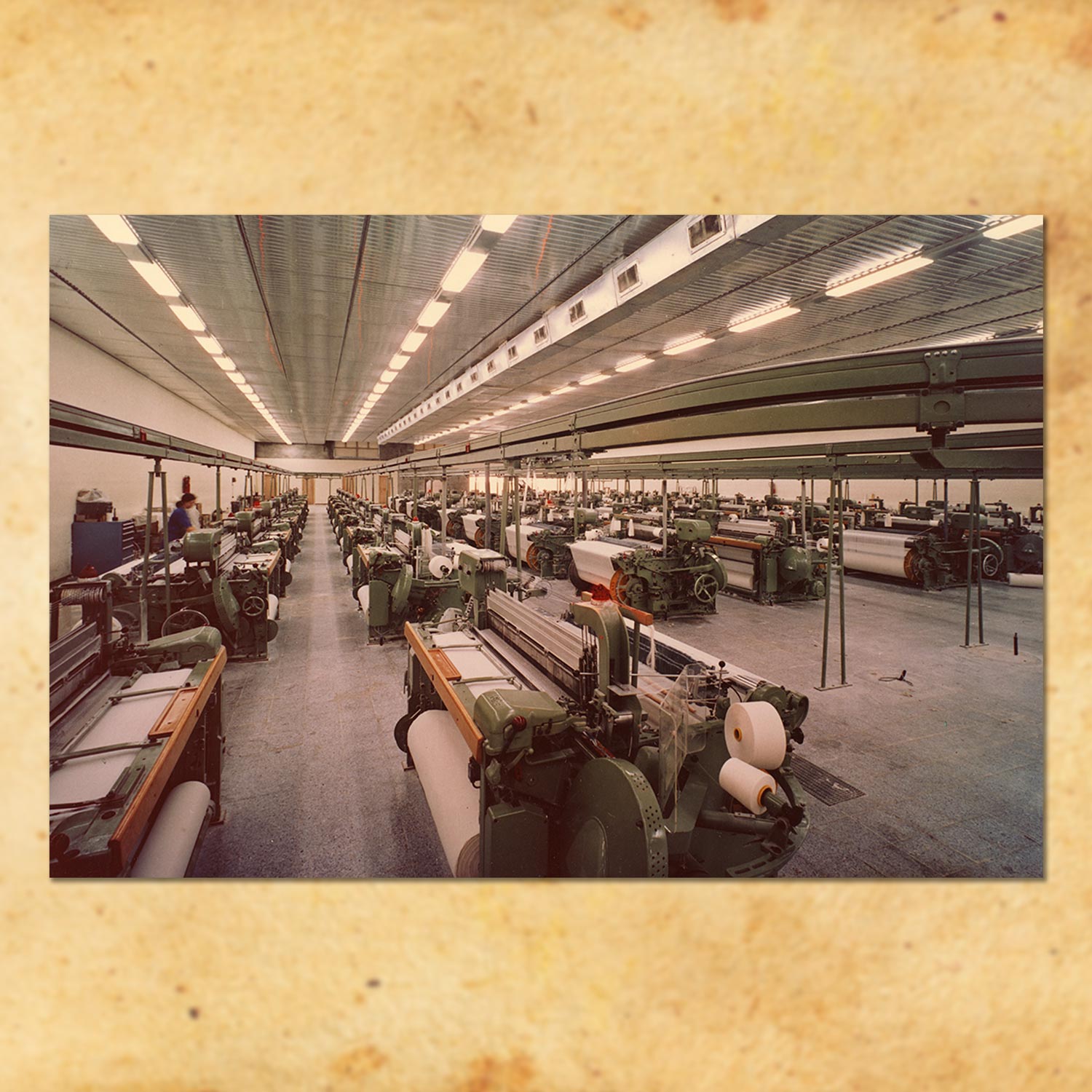Industrial heritage
The rich industrial heritage of the town of Anglès,
mainly related to mining and the textile industry, is still visible today.
The Burés factory
The Burés textile factory complex, created in 1887 by the ‘Burés i Salvadó’ company and dedicated to spinning cotton and producing fabrics, was one of the biggest of its kind in Catalonia.
It was composed of three parallel units, each with its respective looms and steam engines, and a perpendicular unit for offices and other departments, as well as two blocks of flats built to be used as housing for factory workers.
Of the factory’s original three steam engines, only one remains, and it has become one of the most iconic pieces of Burés heritage. This artefact, from the early twentieth century, is made up of a boiler and a steam engine made by La Maquinista Terrestre y Marítima. It is housed in a magnificent late-nineteenth-century industrial building, with two storeys and a side-facing gable roof, dominated by large, framed round-arch windows that let in plenty of light.
The Anglès complex was not the Burés family’s first foray into the world of textiles: they already had a textile factory in Sant Joan de Vilatorrada, which had been operating since 1860, and an industrial complex on the Llobregat River, created in 1872.
The site was collectivised during the Spanish Civil War and turned into an arms factory. Not long after, the factory went back to textile manufacturing until 1992, when it went bankrupt. The company was then divided into three entities – Coma Cros, Filatures Burés and Buretex – which survived for another decade. Filatures Burés closed for good in 2002 and Buretex, which was based in the Anglès factory, did the same in 2008. In this period, Anglès Town Council had already acquired the steam engine in a public auction in 2003 and various industrial units in 2006.








